Processor (CPU)
$40.00
The processor, or CPU (Central Processing Unit), is the primary component of a computer responsible for executing instructions, running programs, and managing system performance.
The Processor (CPU), short for Central Processing Unit, is one of the most important components of any computing device. Often referred to as the “brain” of the computer, the CPU is responsible for carrying out instructions and processing data that allows your applications, operating system, and other software to run efficiently. Without a processor, a computer would be nothing more than an inert collection of hardware with no ability to perform tasks.
In simple terms, the CPU is the part of the computer that interprets and executes instructions. These instructions may include calculations, logic operations, and data transfers, which together enable all the functionality we associate with modern computers, smartphones, and even embedded devices like smartwatches or smart TVs.
1. The Role of a Processor in a Computer
The CPU performs billions of instructions per second, managing both simple tasks (like opening a file) and complex operations (like rendering graphics or simulating artificial intelligence). Its speed and efficiency directly influence the overall performance of your system.
Some of the primary responsibilities of a CPU include:
Fetching Instructions: Retrieving commands from the system’s memory.
Decoding Instructions: Translating commands into a form that the processor understands.
Executing Instructions: Performing calculations, logical operations, or data manipulation.
Storing Results: Sending processed data back into memory or registers for future use.
This cycle of Fetch → Decode → Execute → Store happens continuously at incredible speed, allowing computers to multitask and respond instantly to user actions.
2. Key Components of a Processor
A processor isn’t a single block but rather a collection of intricate parts designed to optimize performance.
Control Unit (CU): Directs the flow of data and instructions.
Arithmetic Logic Unit (ALU): Performs calculations and logical comparisons.
Registers: Small, high-speed memory storage inside the CPU for temporary data.
Cache: Ultra-fast memory inside or near the CPU, reducing the time needed to access frequently used data.
Cores: Modern CPUs have multiple cores, each capable of executing instructions independently, enabling true multitasking.
Clock Speed: Measured in GHz, it indicates how many cycles (instructions) a CPU can perform per second.
3. Types of Processors
Processors come in many varieties depending on their application.
Desktop and Laptop CPUs – Designed for personal computers, prioritizing a balance between performance and energy efficiency. Examples: Intel Core i5/i7, AMD Ryzen 5/7.
Server CPUs – Built for reliability and parallel computing power in data centers. Examples: Intel Xeon, AMD EPYC.
Mobile CPUs – Found in smartphones and tablets, optimized for low power consumption. Examples: Apple A-series, Qualcomm Snapdragon.
Embedded CPUs – Used in everyday electronics like microwaves, cars, and routers.
High-Performance CPUs – For gaming, scientific research, AI, and 3D rendering. Examples: Intel i9, AMD Threadripper.
4. Importance of Multiple Cores and Threads
Earlier processors had just a single core, meaning they could only perform one task at a time. Today, most CPUs feature multiple cores, enabling them to execute multiple tasks simultaneously.
Dual-Core: Can handle two processes at once.
Quad-Core: Four processes at a time, suitable for multitasking.
Octa-Core and Higher: Eight or more cores, designed for professionals, gamers, and heavy workloads.
In addition, technologies like Hyper-Threading (Intel) or Simultaneous Multithreading (AMD) allow each physical core to handle two threads, further boosting multitasking capabilities.
5. How CPU Performance is Measured
To evaluate a CPU’s performance, several factors are considered:
Clock Speed (GHz): Higher speed generally means faster performance.
Cores & Threads: More cores and threads allow more tasks to run simultaneously.
Cache Memory: Larger cache reduces latency in accessing data.
Instruction Set Architecture (ISA): Defines how instructions are processed (x86, ARM, etc.).
Power Consumption (TDP): Indicates how much heat and power the CPU generates.
6. Evolution of Processors
The history of CPUs dates back to the 1970s. Some milestones include:
Intel 4004 (1971): The first commercial microprocessor.
Intel Pentium (1993): Popularized personal computing.
AMD Athlon (1999): Brought competition with high performance at lower cost.
Modern CPUs: Featuring billions of transistors, integrated graphics, AI acceleration, and energy-saving technologies.
Today’s processors are tiny silicon chips with transistor counts in the billions, making them more powerful than entire computers from a few decades ago.
7. Processors in Everyday Life
It’s not just computers that use CPUs. They are present in almost every modern device:
Smartphones and Tablets – Powering apps, cameras, and connectivity.
Smartwatches and Wearables – Managing health tracking and notifications.
Automobiles – Running navigation, safety systems, and entertainment units.
Home Appliances – Microwaves, washing machines, and TVs rely on processors.
Medical Equipment – Scanners and diagnostic devices use powerful CPUs.
8. Choosing the Right Processor
When buying a new computer or upgrading, selecting the right processor is crucial. Consider:
Purpose: Gaming, content creation, office work, or browsing.
Budget: Balance between cost and performance.
Compatibility: Ensure the CPU fits your motherboard socket.
Future-Proofing: Investing in a slightly more powerful CPU can extend the lifespan of your system.
For gaming, a mid-to-high-end CPU with higher clock speed and multiple cores is ideal. For heavy workloads like video editing or 3D rendering, CPUs with more cores and threads are better suited.
9. Future of Processors
The future of CPUs looks exciting with trends like:
Smaller Nanometer Technology: 3nm and beyond for higher efficiency.
AI Integration: CPUs with built-in machine learning accelerators.
Quantum Computing: Still in research, but promises exponential speed-ups.
Sustainability: CPUs designed for lower energy consumption to reduce environmental impact.
Conclusion
The processor (CPU) is the most critical component of any computing system. Acting as the brain, it determines how fast and efficiently tasks are executed. From simple arithmetic to advanced artificial intelligence, the CPU enables everything that makes our digital world function.
Whether in your laptop, smartphone, or car, processors are all around us, quietly powering the devices we rely on daily. Understanding how they work, what makes them powerful, and how to choose the right one gives you a strong foundation for making better technology decisions.
As technology continues to evolve, CPUs will only become faster, smarter, and more energy-efficient, shaping the future of computing in ways we can only imagine today.
Fast Dispatch – Orders are processed within 24–48 hours after confirmation.
Secure Packaging – All products are packed safely to avoid damage during shipping.
Estimated Delivery – Standard delivery usually takes 3–7 business days depending on your location.
Tracking Available – Once your order is shipped, you’ll receive a tracking link via email/SMS.


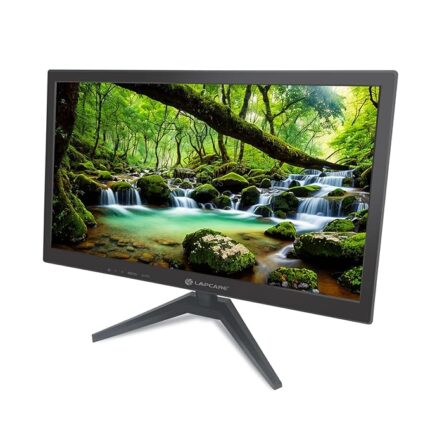
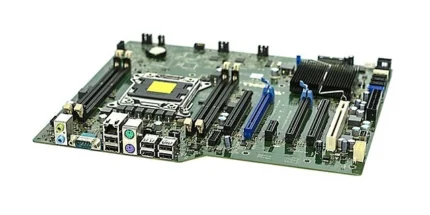
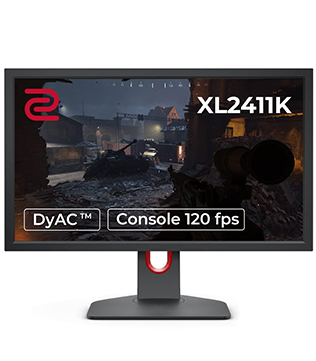
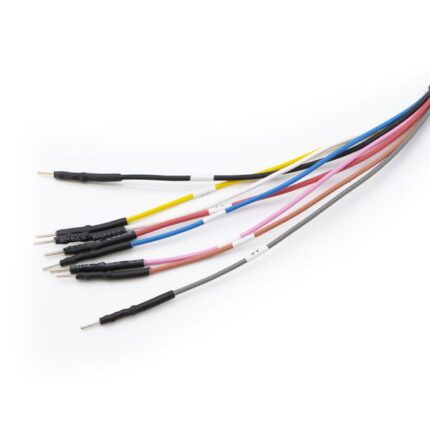
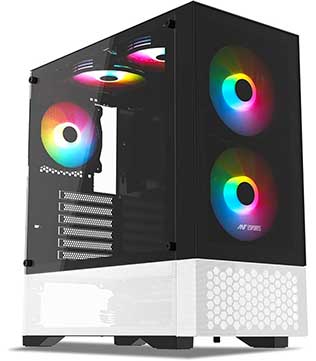
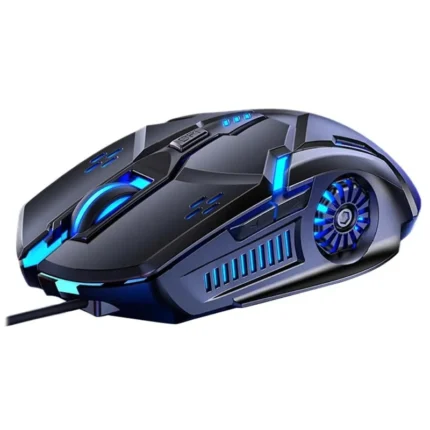
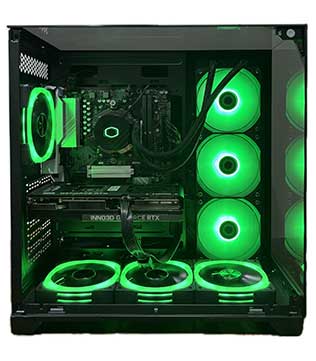
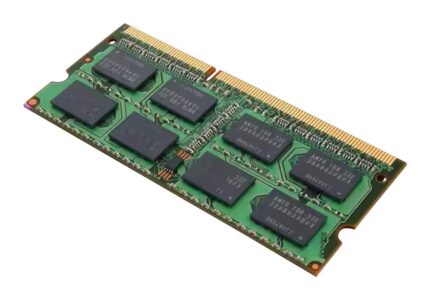
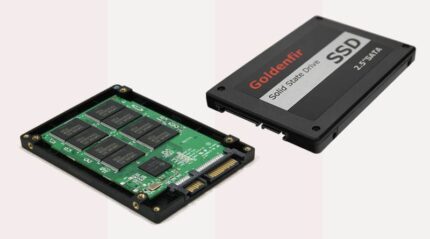
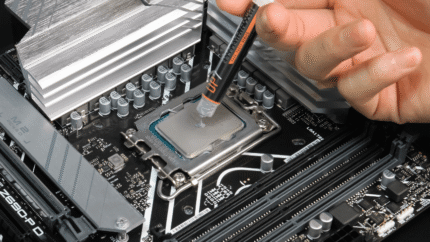
Reviews
There are no reviews yet.